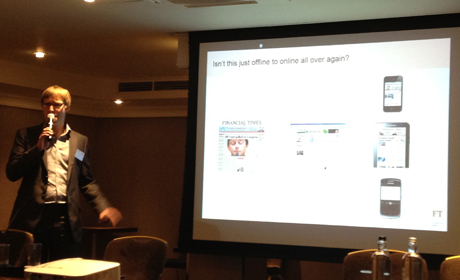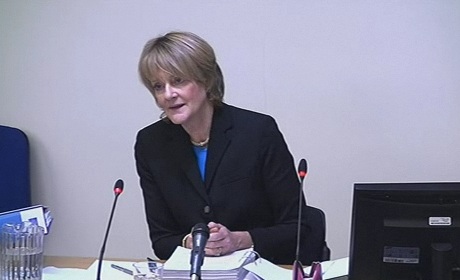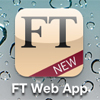Multichannel analytics is key for the Financial Times, which is well known as a leader in understanding its audience and using the data to increase revenues.
The FT, which has 4.5 million registered users of its digital offering and 285,000 paying digital subscribers, has a team of 30 people focusing on web analytics, data and digital marketing for the title.
The digital subscriber base grew by 29 per cent last year, demonstrating how understanding the audience pays off.
Why audience analytics is key
Tom Betts, head of web anaytics as the FT, told today’s ‘audience revenue tools for online publishers’ conference how it has grown its subscriber base and used data to help “fuel” their shift to mobile.
One of the things the FT has been doing for the past two or three years, Betts said, is personalising the communications with readers based on the types of editorial content they are are interested in.
The FT looks at customer DNA, at how much of each type of content, such as “markets”, “world”, “personal finance”, they read.
The FT can then tailor newsletters “to personalise the experience that people have with us”, Betts explained.
How mobile alters the digital landscape
But simply looking at digital analytics is not enough. Platform-specific data can give a better picture of the individual.
For example, Betts explained how if a reader has not read “weekend” or “personal finance” content online, it might be that they read it on a tablet or mobile when they are at home.
Mobile is altering the way our customers read our content.
And this information can turn into revenue. At least 20 per cent of new FT subscriptions comes from behaviour-driven data marketing, Betts said.
He also said it is essential to understand whether if people are engaging across platforms.
“Are the platforms generating a new audience or are we just moving the audience from one platform to another?” Betts asks the data, as that will dictate how much it is worth investing in digital offerings for different devices.
The FT famously created a web app in order to have a direct relationship with the customer, which it was not able to do with its previous iOS native iPad app.
As well as providing data from the web app and bypassing Apple’s 30 per cent levy, the technology behind the app also makes “deployment easier”, Betts said.
“HTML5 makes deployment easier” as the “core remains the same with different wrap-arounds” overlaid for the Android and Windows 8 native apps.
And looking at the data demonstrating when the various devices are used is also beneficial.
Betts demonstrated with a graph to show the main smartphone and tablet usage peaks at breakfast, with another rise in the evening.
Existing subscribers are not just reading during the business day.
They therefore get better value of their subscriptions and less likely to cancel.
Update: This post initially quoted Tom Betts as saying “everything we’ve done that has been successful at the FT has been related to data”. The FT would like to clarify that Betts was referring to the fact that “the intelligent use of data has been a significant driver of our commercial success”.




